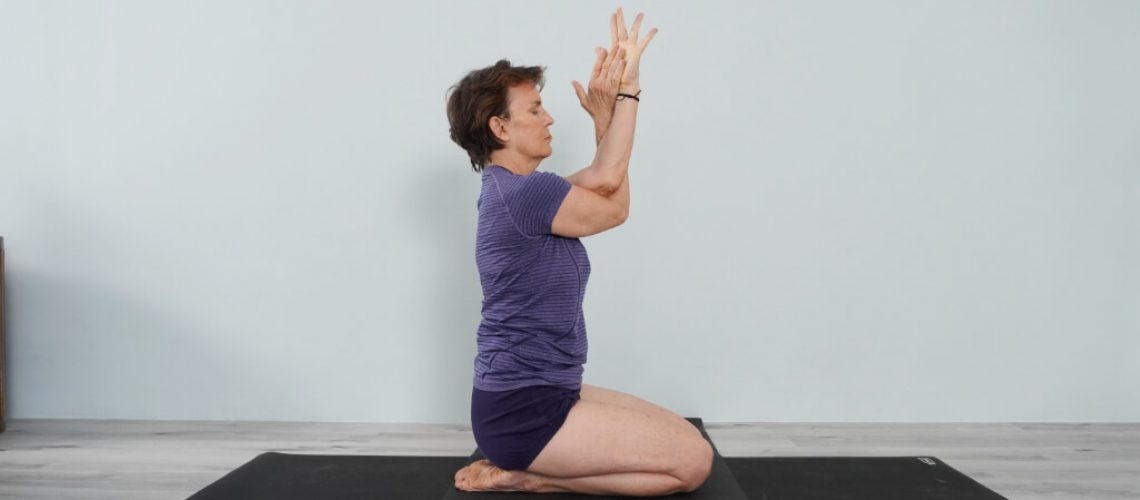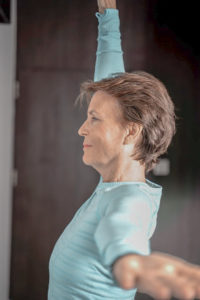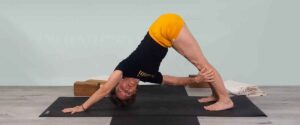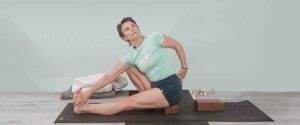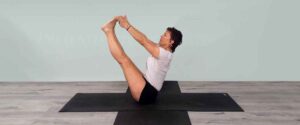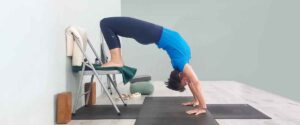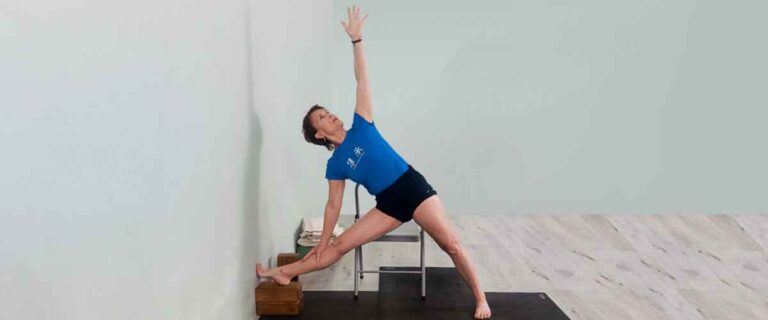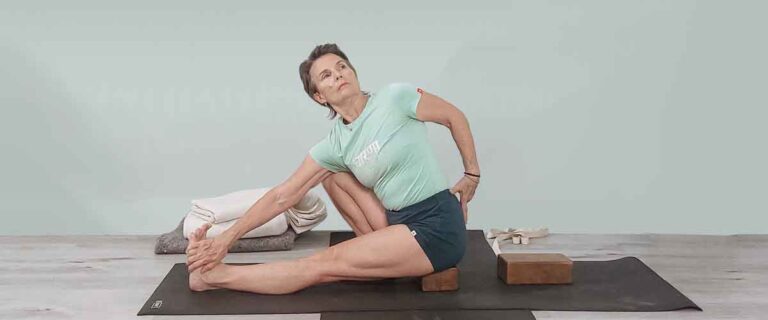Carpal tunnel syndrome is a painful condition of the wrist and hand that is caused by abnormal pressure on the median nerve.
It is well established that repetitive finger and thumb motions with the hand flexed either down or up at the wrist cause carpal tunnel syndrome (CTS).
As the median nerve passes through the wrist and into the hand, it travels through a tunnel-like structure called the carpal tunnel. This tunnel is located on the thumb side of the palm. Within this tunnel lie tendons, ligaments, blood vessels, and the median nerve, all covered by a non-elastic tissue band called the transverse carpal ligament.
Repetitive motions exert excessive pressure on the ligaments and tendons that lie within the carpal tunnel. The ligaments and tendons respond to this excessive pressure by swelling. Since the covering of the carpal tunnel is non-elastic, it cannot expand.
Therefore, the swollen structures press on the median nerve, often causing such great discomfort that individuals with CTS cannot perform their jobs.
What to do?
First, observe yourself. Become aware of the position of your hands and wrists throughout the day. Similar to meditation, begin to notice when they are in the bent position, and then straighten by bringing them to a neutral position.
Studies have shown that yoga, with a focus on alignment, extension, and creating space will help to reduce pain and swelling by counteracting damaging habits and teaching the correct actions needed for everyday life..
How can you counteract the constant strain you place on these areas and ease the tension? Learn how to create space and avoid these repetitive actions before becoming a problem.
Try a few of these poses. They can be done with height under the hand or even have the height at a slant. I.e. a block leaning into the wall to lessen the angle if needed.
- Adho Mukha savasana (Downward dog) – Try: Hand forward, 2. hands turned out 3. hands turned in toward one another. 4. fingers turned away from the wall toward your toes. If wrists are too painful make a fist and face your hands toward one another.
- Adho Mukha Vrksasana – (Upside down arm balancing) If weight-bearing is appropriate. If not, Pinchya Mayurasana on your forearms is best.
- Urdhva Baddhangullasana – Fingers interlaced and lengthen up over the head
- Ardha Uttanasana – Hands pressing into the wall, walk hips & legs away to a 90-degree angle or as per your body condition allows.
- Pinchya Mayurasana – (back-bending pose, wrist neutral, & Urdhva Dhanurasana – hands-on blocks at the wall, or through the chair with arms stretching back and pressing palms into the wall.
- Pascimottasana – forward bending over the legs while seated on the floor – with the hands interlaced beyond the foot and palms turned out.
Take it easy, keep wrists in a neutral position, and avoid the weight-bearing poses above. Once the symptoms are relieved, then follow the above, adding weight-bearing poses as your wrists allow & keeping the angle of the forearm and wrist at reduced angles.
Get a wrist brace for sleeping at night until the inflammation is reduced, and your preventive movements above have given you relief.
Be curious, try different movements to see what works for you.
This sequence includes:
Vajrasana ( Thunderbolt Pose )
Wrist Stretching
Urdhva Badhanguliyasana ( Upward Bound Hand Pose )
Tadasana ( Mountain Pose )
Arm Stretching
Namaskarasana ( Prayer Pose )
Paschima Namaskarasana ( Prayer Pose in the Back )
Shoulder Stretch
Garudasana ( Eagle Pose )
Ardha Halasana ( Half Plow Pose )
Ardha Uttanasana ( Half Forward Bend )
Adho Mukha Svanasana ( Downward Dog )
Pincha Mayurasana ( Forearm Balance Pose )
Adho Mukha Virasana ( Forward Hero Pose )
Gomukhasana ( Cow Face Pose )
Setu Bandha Sarvangasana ( Bridge Pose )
Savasana ( Corpse Pose )

